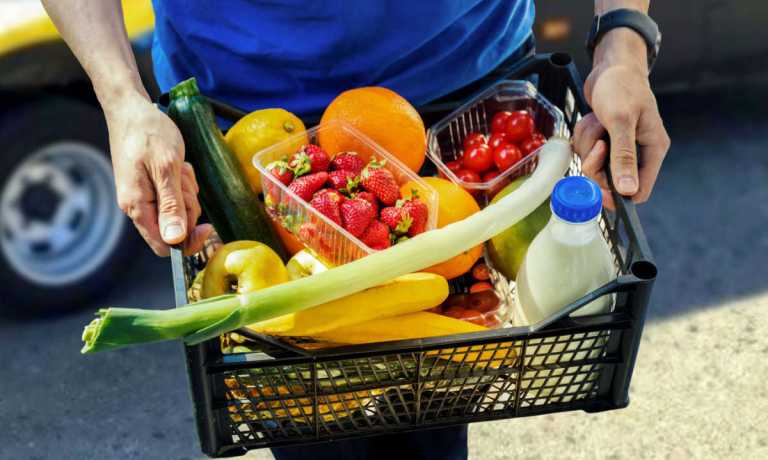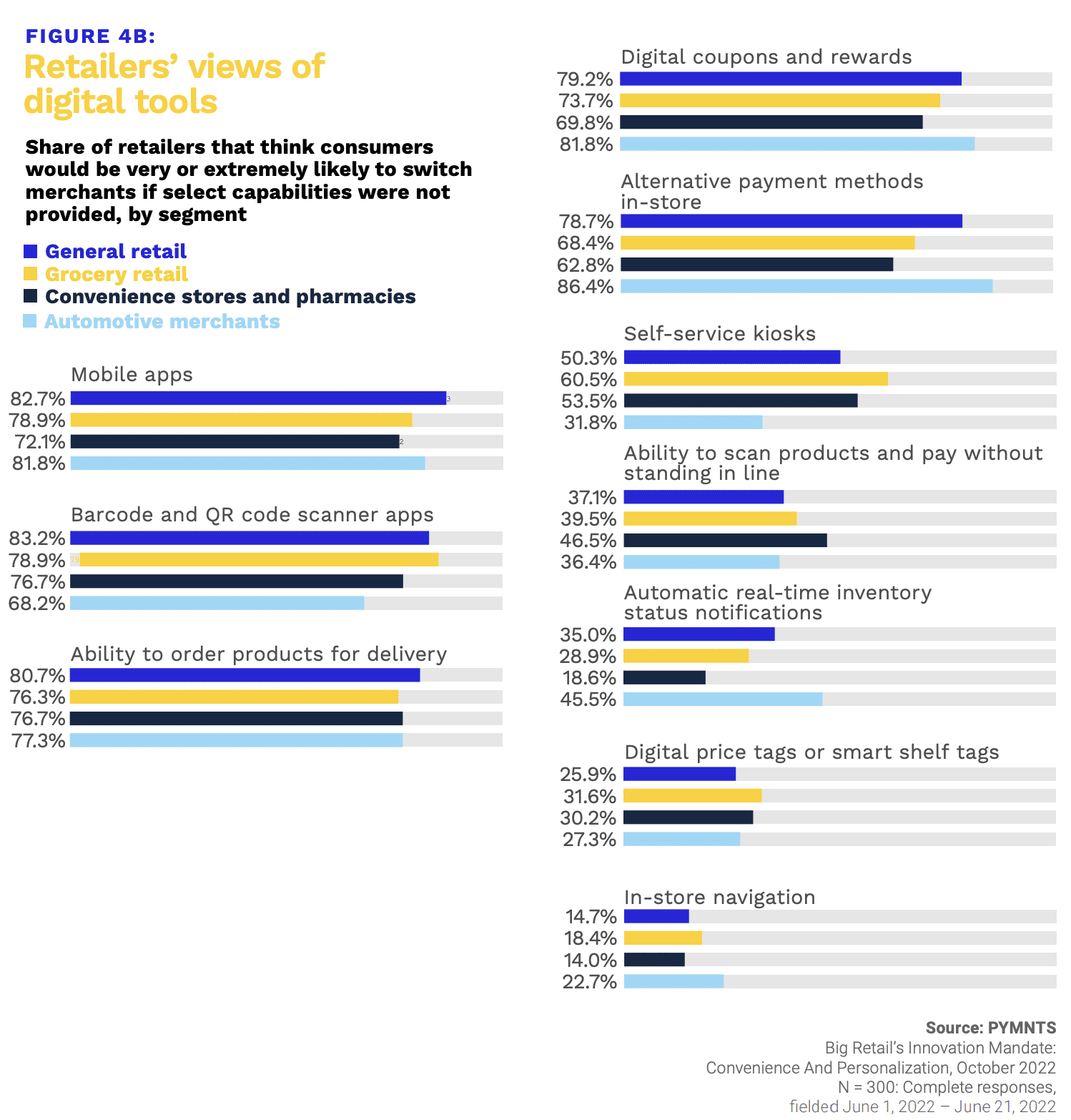
Grocers that do not offer delivery, PYMNTS research reveals, risk alienating their customers.
Since the initial outbreak of the pandemic, grocery delivery adoption has been on the rise, and where once even major players relied on Instacart for fulfillment, now large grocers are expanding their in-house delivery businesses.
Take, for instance, the United States’ largest pure-play grocer Kroger, which spoke to this effort on its third-quarter 2022 earnings call in December.
“We’re investing in digital growth initiatives, including expanding our Kroger delivery network in new and existing geographies,” CEO Rodney McMullen said. “We are also growing Boost, our one-of-the-kind membership program. This is the industry’s most affordable membership program, and it is foundational to growing our delivery service.”
Similarly, Walmart, the world’s largest grocer, has also been investing in its delivery infrastructure, as the company shared alongside its most recent earnings report.
“In September, we opened a next-gen fulfillment center in Illinois. This 1.1 million square foot facility features robotics, machine learning, and automated storage, resulting in increased productivity and a better service for our customers at faster delivery times,” CFO John Rainey said on the earnings call. “[Our automated fulfillment centers] are positioned inside or attached to Walmart Supercenters and use robotics and AI to fill online orders more quickly.”
These investments in delivery are key to retaining customers and shoppers increasingly seek convenience.
Research from PYMNTS’ study “Big Retail’s Innovation Mandate: Convenience And Personalization,” created in collaboration with ACI Worldwide, which draws from a survey of 300 major retailers in the U.S. and U.K., finds that 76% of grocers think consumers would be very or extremely likely to switch merchants if they were not able to order products for delivery.
Indeed, research from the July edition of PYMNTS’ ConnectedEconomy™ series, “The ConnectedEconomy™ Monthly Report: The Rise of the Smart Home,” which drew from a May survey of more than 2,600 United States consumers, found that 1 in 4 consumers order groceries online for home delivery every week, and 40% do so every month.
